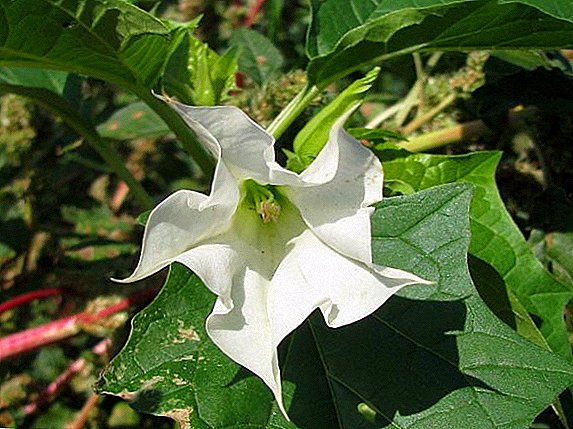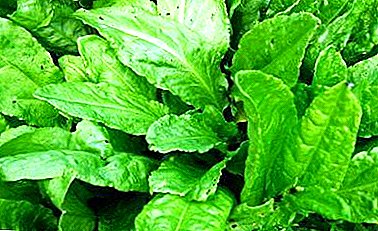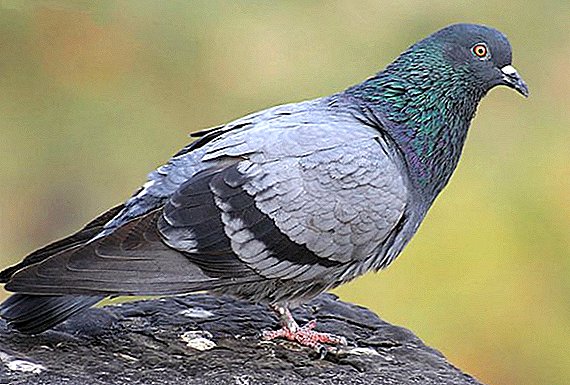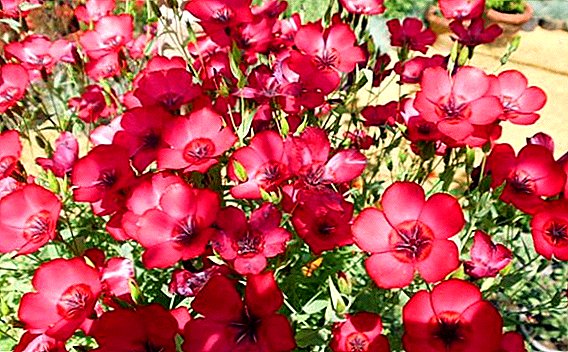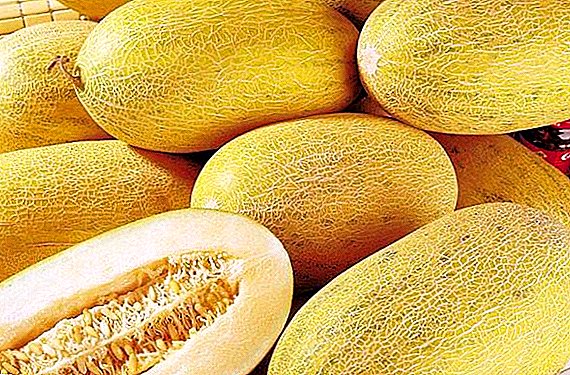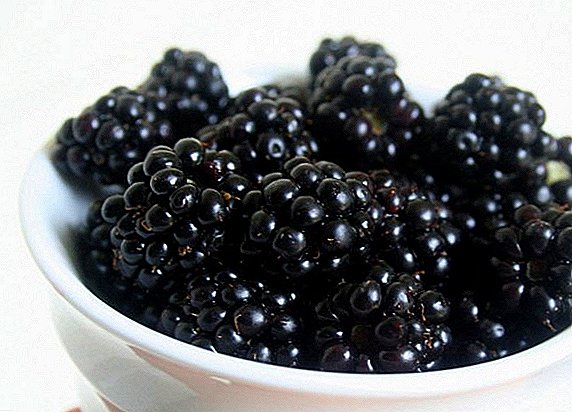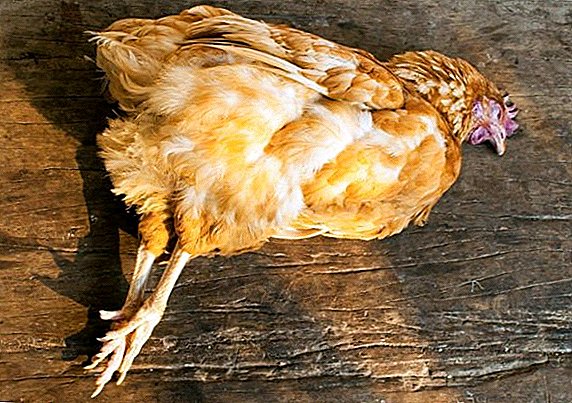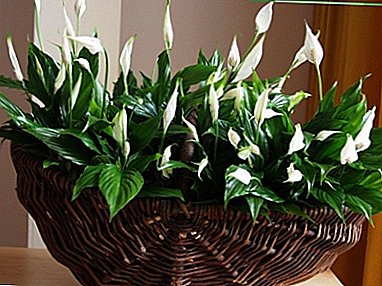
Alan's spathiphyllum is an ornamental plant with bright leaves and delicate flowering.
Suitable for cultivation, both in indoor conditions and in office space.
The flower is undemanding to care, so even beginning flower growers can grow it. From the article you will learn in detail about this flower. Read how to grow it and care for it.
Description and photo
The plant is a member of the Aroid family and lives in the tropics. Culture differs from other plants by the absence of a stem.
The height is up to half a meter and has dense glossy foliage. Bract color - white, with a convex vein on the inside. From the beginning of growth and until the appearance of buds, the plant is completely green.
Below you will see what this flower looks like:




What is the difference from other species?
From other varieties of spathiphyllum, Alan’s variety is distinguished by its foliage. In this case, the leaves are directed tips up.
History of
The flower was first found and fully described by the German botanist Gustav Wallis in the 19th century. Then the plant spread throughout European countries and Colombia. The flower immediately gained special popularity among breederswho developed the Alan variety.
Bloom
Despite the fact that Alana is related to spathiphyllums, the variety differs significantly from other varieties of this plant, including the timing of flowering.
When and how is it dissolved?
The buds are cob blossoms, enveloped in a gentle veil. The beginning of flowering is observed in March-April, and its duration is about 2-3 weeks. With quality care, Alana's spathiphyllum blooms twice a year..
Care before and after flowering - features

- During the flowering spathiphyllum, Alan needs to be watered abundantly with well-settled water so that the earth does not dry out.
- Fertilizers are applied every 14 days. It is forbidden to use fertilizers, which contain a high concentration of potassium and phosphorus.
- All faded buds - clean.
- After flowering, the shrub is pruned, the amount of fertilizer applied is reduced, and the frequency of watering is reduced.
What if the buds do not appear?
Most often, the lack of buds is associated with poor-quality plant care, especially low temperature, humidity, and lack of nutritional components.
This situation can be resolved by following a number of recommendations.:
- provide comfortable temperature and humidity;
- increase the dose of nutrients introduced;
- during transplanting a plant after purchase, it is recommended not to use too large a container.
Step-by-step home care instructions
Alan's spathiphyllum care consists of a few simple rules.
Choosing a place
The plant is grown in partial shade, in areas with diffused light. Alan's Spathiphyllum should not be placed on window sills with direct sunlight, because the foliage gets burned, and flower growth slows down.
What should be the soil?
To grow Alan's spathiphyllum, leaf and peat soil are used, combined with humus and sand in a ratio of 2: 2: 2: 1. The looseness of the earth is increased by the use of crushed tree bark.
Landing
After preparing the tank and soil, planting material is placed in the ground, and then create a mini-greenhouse with heating (up to 24 degrees). In case of excess of humidity, mold will arise on the soil, and the planting material will die.
Temperature
Alan's spathiphyllum belongs to heat-loving plants. In summer, a suitable temperature is 23–24 ° C, although the plant is able to transfer indicators to 26–27 ° C. In winter, the full development of culture is considered possible only if the temperature is 15-17 ° C.
Watering
To moisten the soil the most suitable option is soft and defended water. Watering is carried out immediately after the drying of the top layer of soil. In the absence of regular irrigation, the foliage will begin to turn yellow..
Watering the ground too much is not worth it, because the rhizome rots and the flower dies.
Top dressing
During the growing season, mineral fertilizers are used to care for the plant. For this, 1 g of any mineral fertilizer is diluted in 1 liter of water. The second feeding is done in summer, during the formation of buds. Young flowers are fed once a week, adults - once a month. In winter, nutrient intake is suspended.
Pruning
 The plant must be pruned, because otherwise it will get sick and may die. Trimming involves several actions:
The plant must be pruned, because otherwise it will get sick and may die. Trimming involves several actions:
- Dry and old foliage is removed.
- Pruned dried ends of the leaves (necessary to stop the pathological process).
- Cut the flower stalks, on which the opal foliage. This will contribute to new bloom.
Transfer
Alan's spathiphyllum rhizome develops quite quicklytherefore, the roots in a short time completely fill the container. In this regard, transplantation is carried out once a year, in the spring. Capacity must necessarily have larger sizes than the previous pot. It should be wide, but not very deep.
The transfer is made by the method of transshipment. This will prevent injury to the root system, and the plant will take root better.
If the flower has an age of more than 5 years, then it is not transplanted.
Step by step instructions: how to multiply?
Reproduction of Alan's spathiphyllum is possible by dividing the rhizome and grafting.
Rhizome division is considered to be a fairly common method, which is quite useful for the mother plant. Delenki obtained are considered ready material for breeding., they just need to land in the tank. To do this, follow a few rules:
- landing is carried out at a temperature of 20 ° C;
- before removing the delenka, the plant is carefully watered;
- for transplant use a container with a diameter of about 15 cm.
When grafting, a sheet rosette acts as a planting material, which is cut from the mother plant. Further, the reproduction is carried out according to this plan:
- the stalk is placed in a container with water for 2-3 weeks, until the roots form;
- to prevent rotting of the stem, activated carbon is added to the water (1/2 tablet per glass of water);
- when the roots reach a length of 2-3 cm, the plant is planted in the soil.
Diseases and pests
 Alan's spathiphyllum is quite resistant to diseases, but among the pests affecting this plant, the following are distinguished:
Alan's spathiphyllum is quite resistant to diseases, but among the pests affecting this plant, the following are distinguished:
- Spider mite. Located on the inside of the leaves. To eliminate the pest used soapy solution, pre-cleaning the leaves of cobwebs. In addition, you can use onion decoction, for the preparation of which take 100 g of raw materials and 5 liters of water.
- Aphid. Located on the inside of the leaves, because of which they dry and curl. To combat use a solution of nicotine sulfate (1 g of product per 1000 ml of water).
- Shchitovka. Covers the foliage with dark spots. The culture is treated with soapy water, adding tobacco and kerosene.
Occasionally, the plant is affected by viral and bacterial diseases. With a strong defeat flower is thrown.
Alan's Spathiphyllum is a well-known decorative flower, featuring an attractive appearance and unpretentious care. Occasionally, the plant is affected by diseases and pests that can be prevented by complying with all the rules of agricultural technology.


